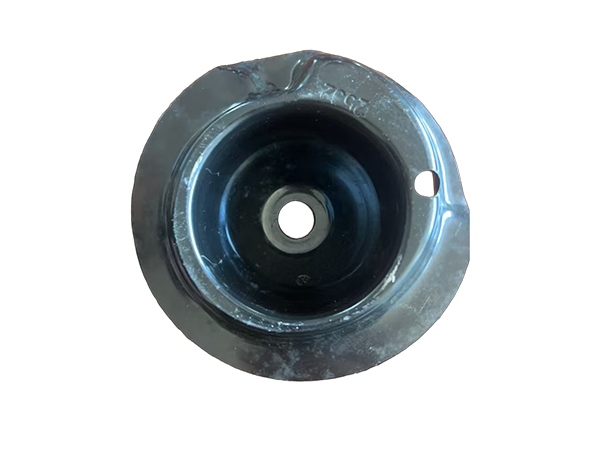
Hardware stamping parts
Description: Hardware stamping parts are metal components manufactured through a high-volume, efficient process known as metal stamping. This method utilizes specialized tooling, called dies, and a stamping press to transform flat sheets or coils of met...
Mobile:+86 15833366044
Email:info@hengyuntaimetal.com
Product Description:
Hardware stamping parts are metal components manufactured through a high-volume, efficient process known as metal stamping. This method utilizes specialized tooling, called dies, and a stamping press to transform flat sheets or coils of metal (known as blanks) into specific, often complex, shapes. The process can involve a variety of operations in a single stroke or a series of progressive stages, including punching, blanking, bending, coining, and drawing.
The key advantage of stamping is its ability to produce large quantities of identical parts with exceptional dimensional accuracy and repeatability at a very low per-unit cost. The process is highly automated, making it ideal for mass production across countless industries.
These parts are fabricated from a wide range of metals, each selected for its specific properties. Common materials include cold-rolled steel, stainless steel for its corrosion resistance, aluminum for its light weight and conductivity, brass, and copper.
Hardware stamping parts are ubiquitous in modern manufacturing. You will find them in virtually every electronic device as connectors and shields, in automobiles as brackets, clips, and electrical components, in appliances as internal supports and contacts, and in construction as fasteners and fixtures. Their versatility, strength, and cost-effectiveness make them fundamental building blocks of the industrial world.
-

Common Issues and Safety Hazards of Insulation Layer Damage in Battery Press Plates
2025-08
-

In-Depth Analysis of Loosening Issues in Automotive Hardware Fittings
2025-08
-

Quality Control and Inspection Methods for Automotive Hardware Fittings
2025-08
-

Automotive Metal Stamping Parts: Process, Applications, and Advantages
2025-08




